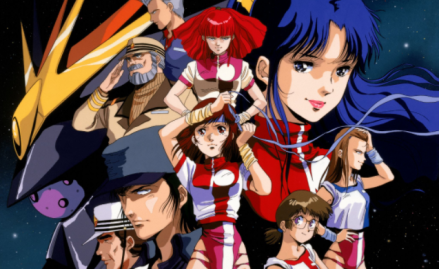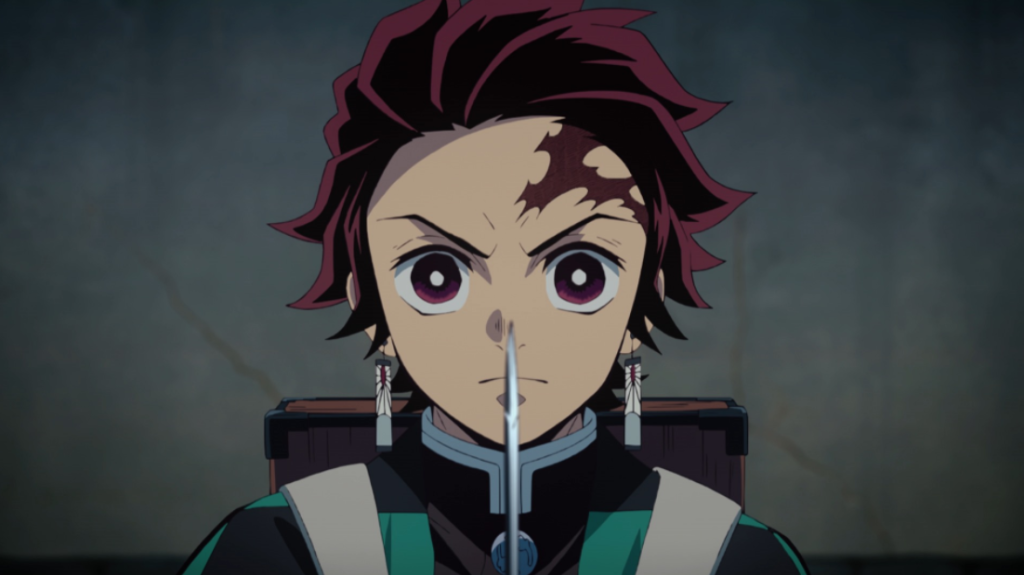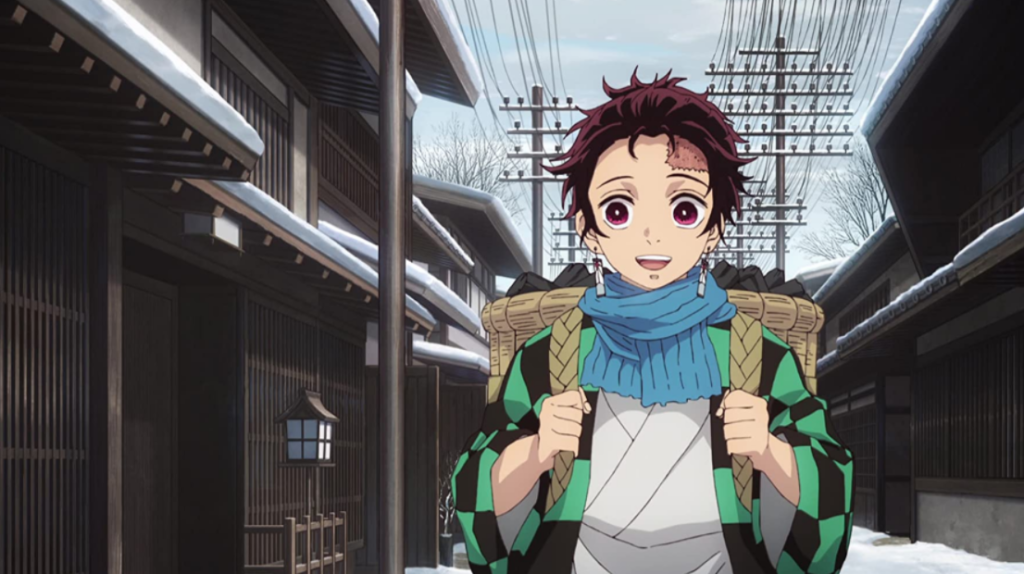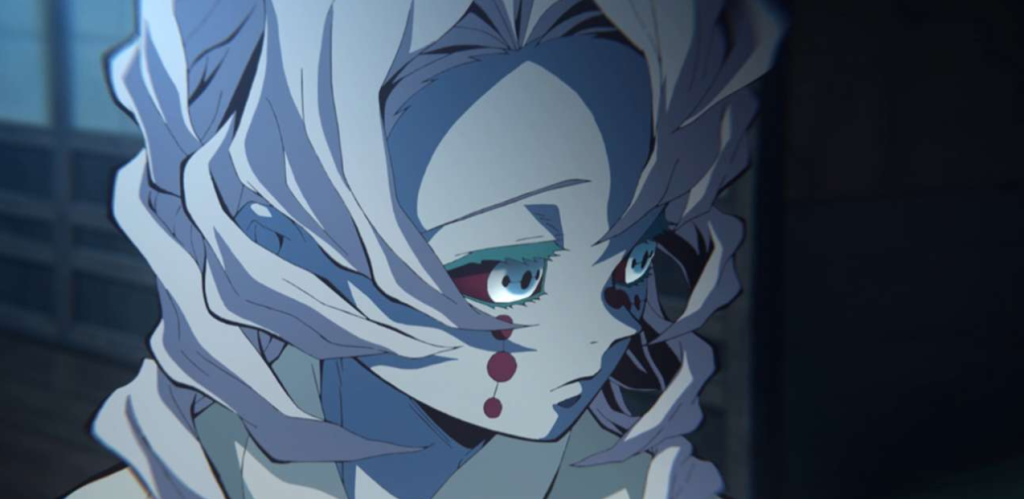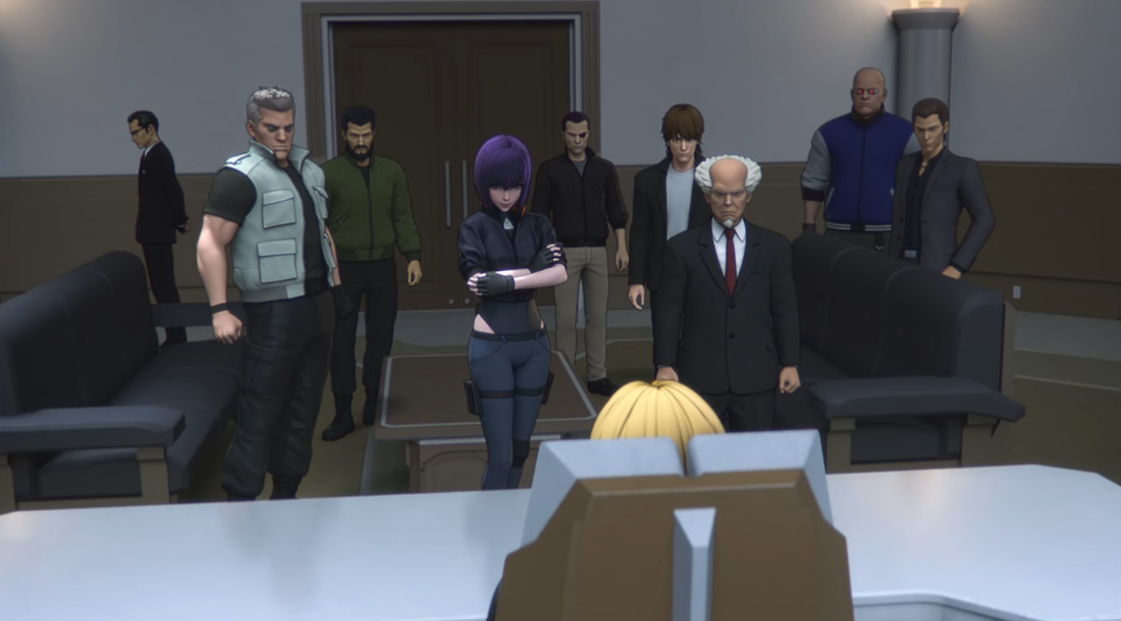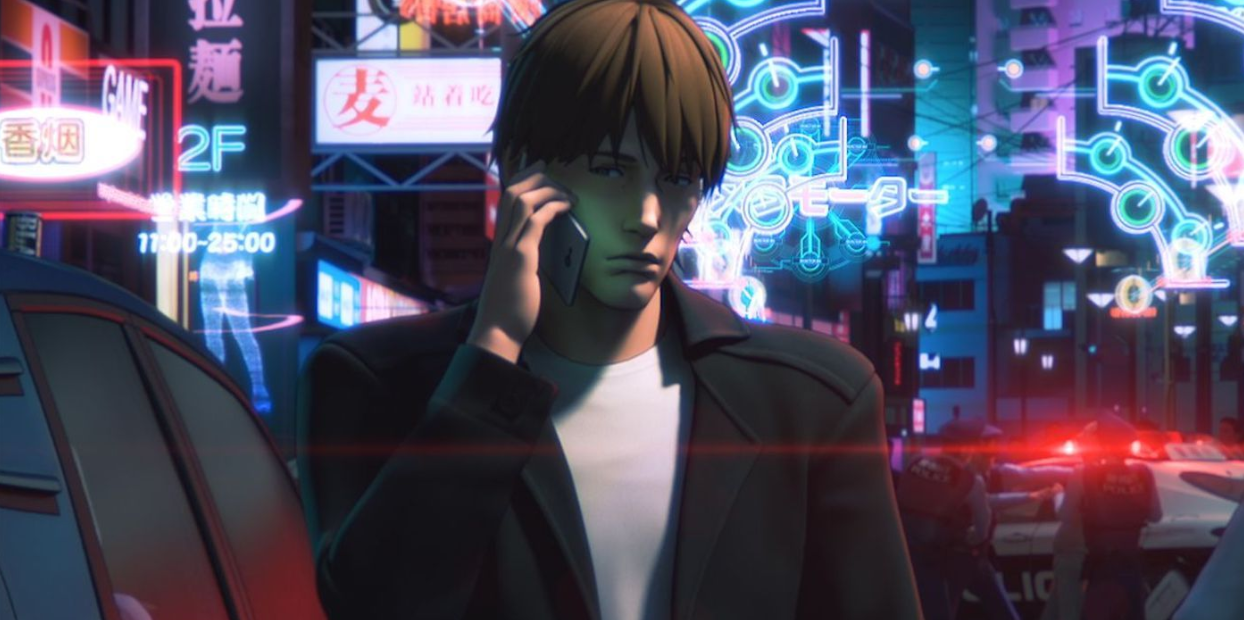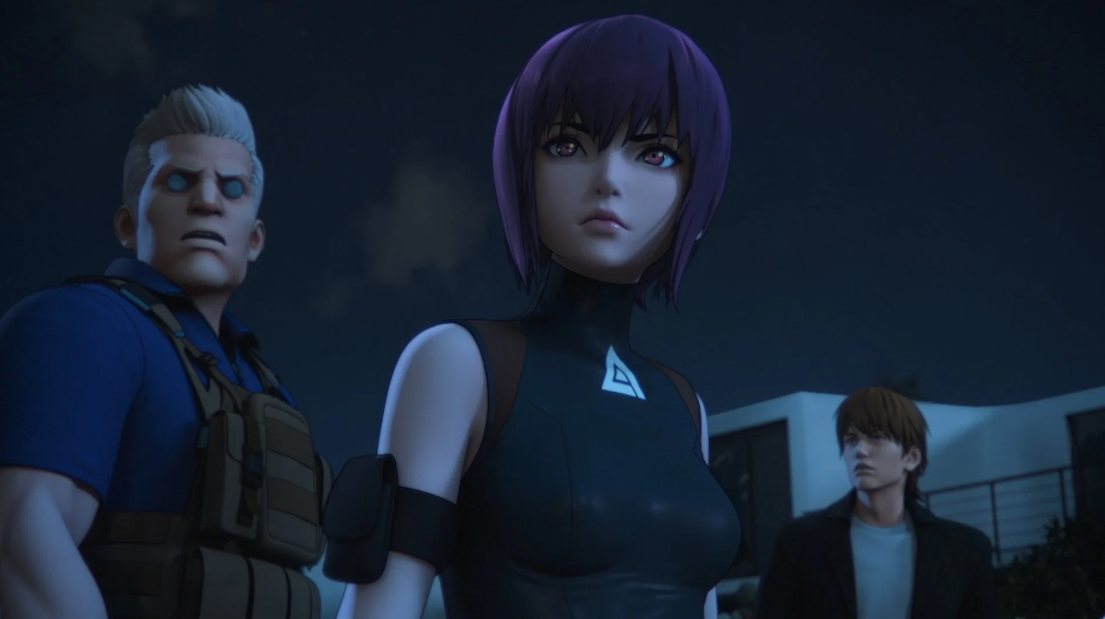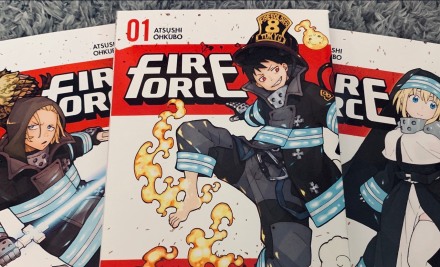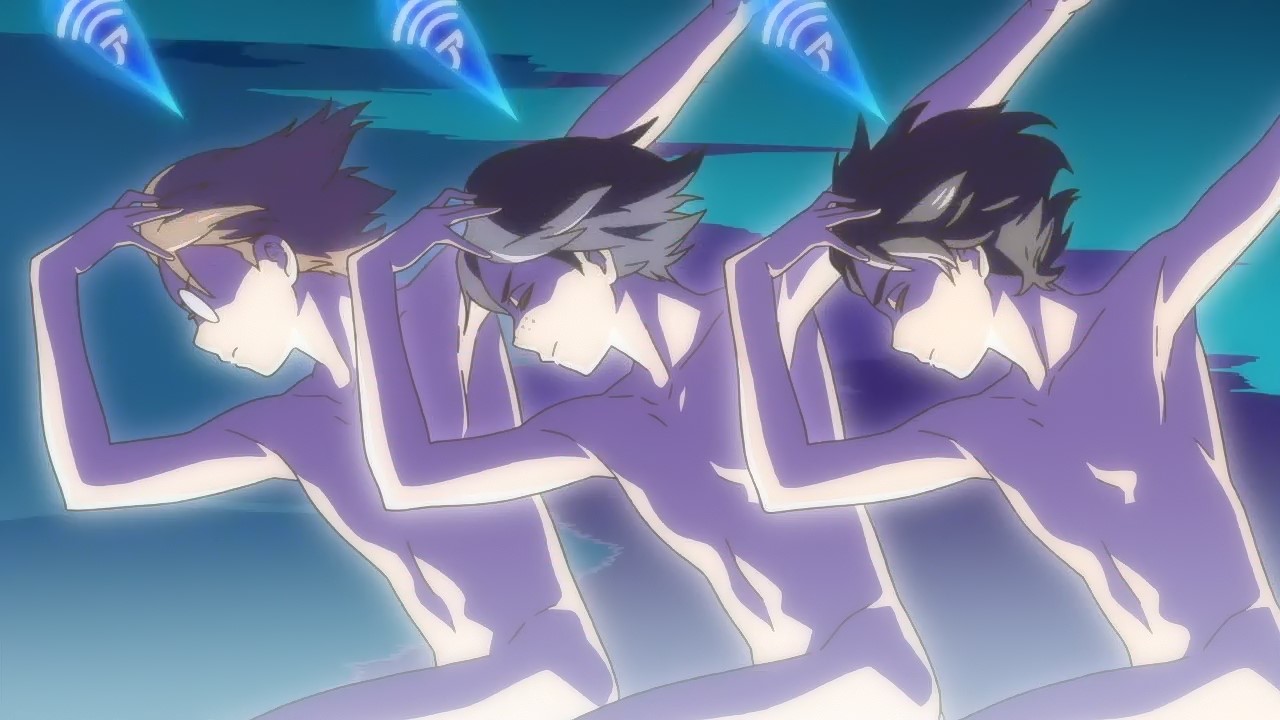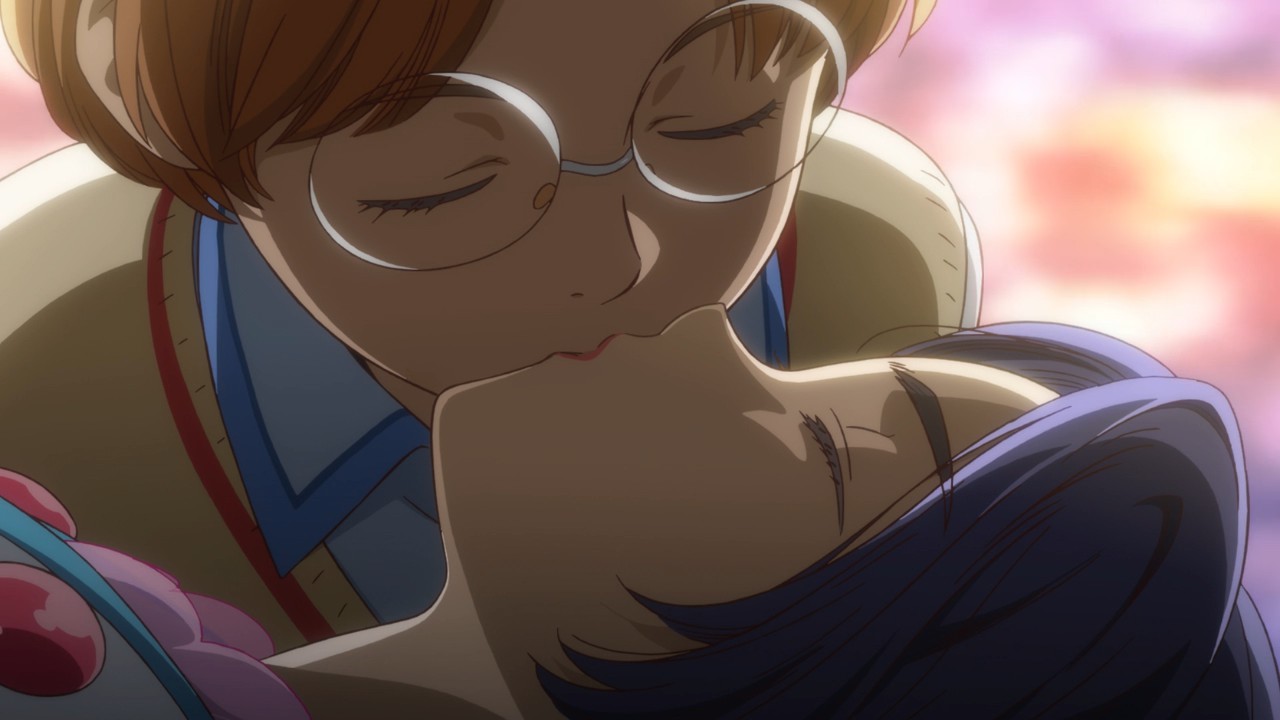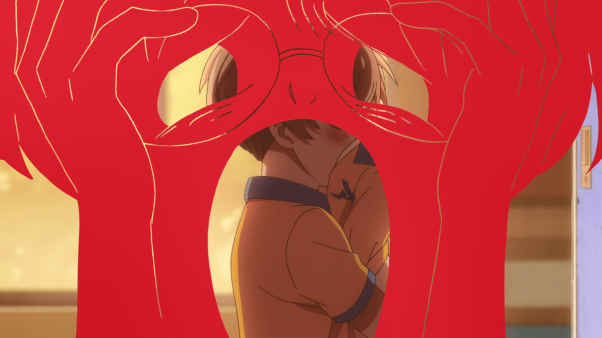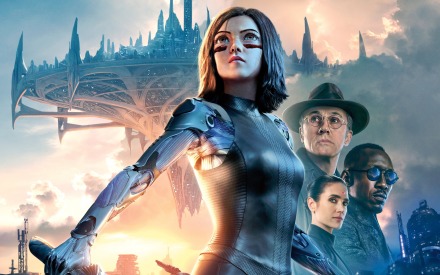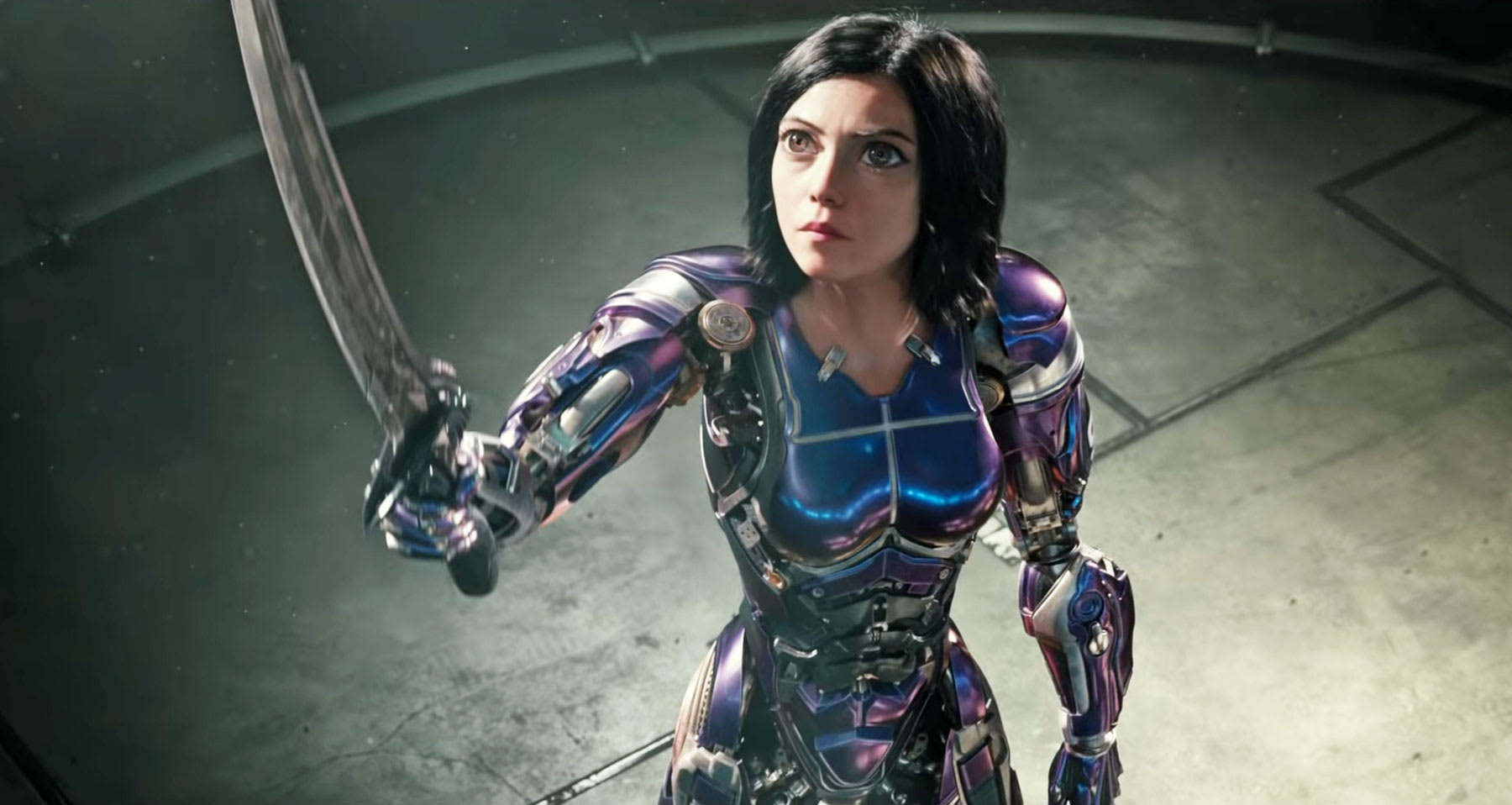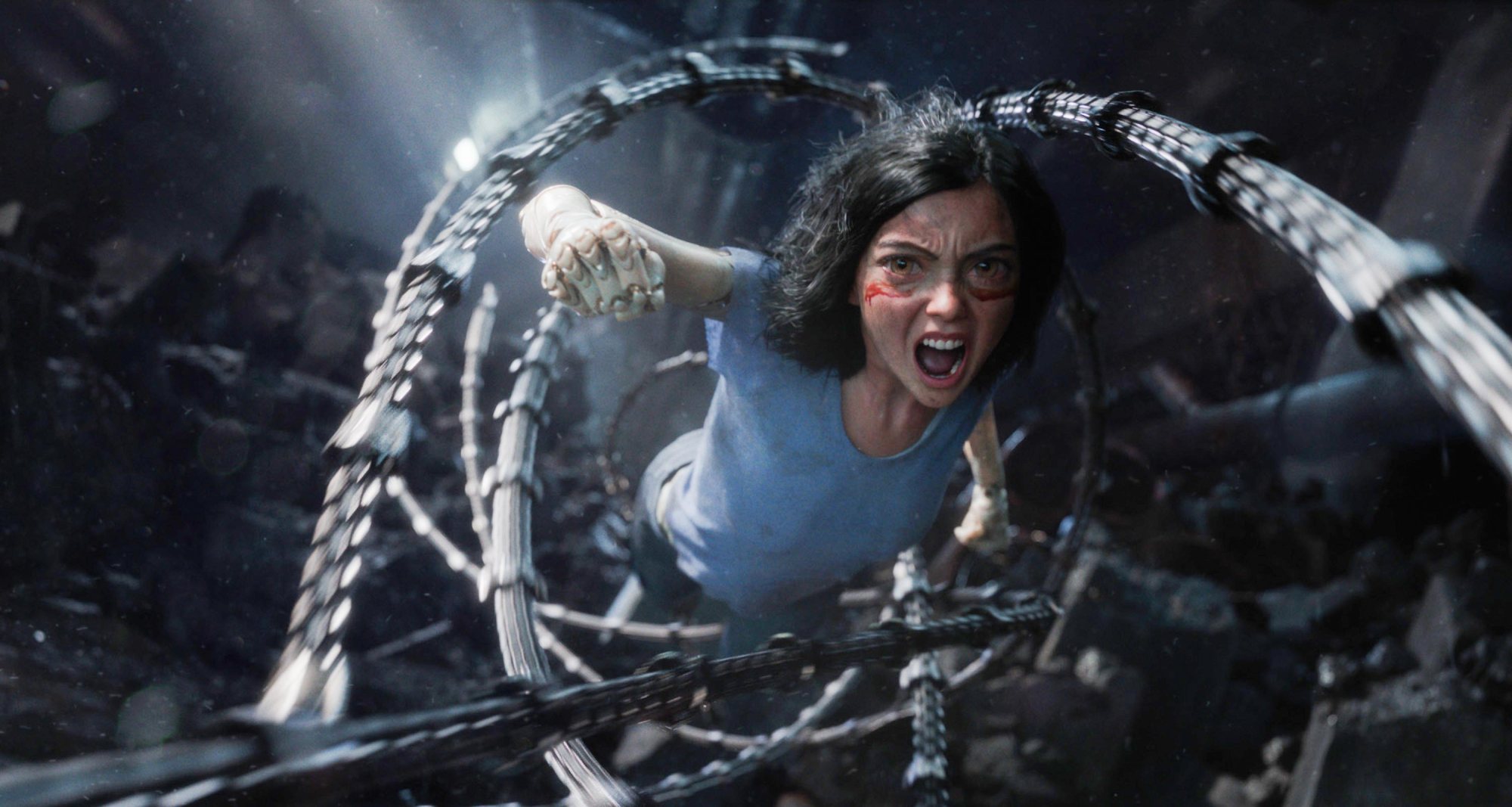A brief spoiler-free review of the Fall 2006 anime film “Gunbuster,” animated by Gainax, directed by Hideaki Anno, and based on the original story by Toshio Okada. More specifically, this is a review of the series recap film, which is adapted from the 1988 OVA series of the same name.

To the Stars
In the near future, humanity has shot for the stars, and space travel for the elite defending the Earth is commonplace. Just as an expedition to the furthest reaches of the galaxy gets underway, however, giant space monsters lurking in the darkest depths of the universe devastate the ship and her crew. Unresponsive to human communication of any kind, the space monsters attack indiscriminately. Soon, they will arrive upon the defenseless planet Earth.
Shortly after the discover of these horrifying aliens, Noriko Takaya, the daughter of a famous deceased space captain, enters a training school for the space fleet. Although her talents as a pilot are questionable, Noriko remains determined to aim for the top. At school, Noriko comes into contact with her polar opposite: the cool, beautiful, and intelligent Kazumi Amano. Noriko reveres Kazumi in the highest for now, but the unlikely pair make an unexpectedly good team as they attempt to save mankind from the space monsters. Together, two girls bravely dare to cross the blank abysses of space and time—piloting their giant robots of justice—and all for the sake of love.
Gunbuster revolutionized the giant robot anime game when it burst onto the scene in the ’80s. Many fans adore the film’s straightforward story and quality production, and I can’t blame them. Gunbuster seamlessly weaves together action and comedy with a high octane, high stakes sci-fi mecha plot set in space. Plus, the main characters are enrolled in a military school, which just fuels the tensions that could take place between girls, teachers, and the higher echelons of power. No doubt, human drama is a central theme in Gunbuster. Despite the conflicts, the characters manage to set aside their feelings (or resolve them outright) to focus on the vital mission at hand, and I really respect that about the entire cast.
As the light years between Noriko and Earth continue to expand, we see a different face to Gunbuster. The tone shift from cutesy high school life in the film’s beginning to the epic and gritty final battle of the film’s climax occurs exponentially with each big mission, almost like a play in three acts. Anticipation and anxiety snowball until the film’s last couple seconds which resolve the burning question at hand: Just how much has Earth changed by the time we return home? Thankfully, the answer was worth the wait. I could think of few better ways to end a film such as this one.

A Human Drama
Much of the narrative focus of Gunbuster centers on the development of our two leads. Noriko is a bag of surprises. She’s sweet and headstrong, yet also incredibly insecure. This leads Noriko to frequent episodes of self doubt, which usually requires either her idol Kazumi, her coach Ota, or her own strong-willed spirit to pull her out and steer her back on the path. Noriko is not the best mecha pilot in her class, and she and everybody else knows it. But, a space captain’s daughter does not give up so easily. Piloting the Gunbuster, Noriko is a force to be reckoned with, a real fury with fire in her eyes.
I love characters like Noriko that dare to explore the sleeping potential within themselves, but I love onee-san figures like Kazumi Amano even more. When I tell you that Kazumi is a WOMAN, I’ll have you believe it. Tall, graceful, and adorned by her signature long, deep blue hair, Kazumi is the archetypical pretty lady, a bishoujo worth looking up to. All the men and women swoon when their beloved “Onee-san” comes strolling down the halls (they literally call her this, I’m not joking), and wow does she live up to the reputation as a skilled pilot and respectable upperclassman.

Related to drama, another theme Gunbuster explores is time. More specifically, how does the rapid passage of time in space affect the relationships between the girls and their friends and lovers back on Earth? Is that feeling of constantly living “in the past” heavy enough to crush the human spirit? Couple that with the expansive distance from Earth that only seems to lengthen as the story progresses and you have a pretty mean premise—no one wants to watch their loved ones grow old. Similarly, it hurts to feel “stuck” in a relatively young body while your friends and classmates age significantly before your eyes.
To our valiant pilots, a 10-minute mission at the edge of the galaxy is tantamount to six months back on Earth. It’s not fair. And the only endearing sentiment from it all comes from those few souls who are able to cling to their memories and send their prayers to the pilots fighting for all their lives. That act, in itself, takes serious guts.
The Classic GAINAX Look
Visually, the aesthetic for Gunbuster is about as classic as one can get for an ’80s sci-fi anime. These kinds of vintage watches harbor a unique quality to them that can’t be reproduced today, and I’m actually glad the grainy feel is still somewhat intact in the Blu-ray of the film. Don’t get me wrong—the explosive action and fluid character motions are top notch and look quite nice after all these years. The same goes for the big-haired, fun, and memorable character designs. It’s just that Gunbuster carries itself differently than even mecha anime of its time, and I appreciate all the hard work that went into making the title one for the history books. Naturally, we can lend much of the film’s timeless look to Anno’s solid, artistic, and iconic directing style.
Likewise, the sound department remains strong, some of the gun and laser effects feeling especially retro sci-fi. It’s worth mentioning Rei Sakuma’s vocal performance as Kazumi Amano, as she quite honestly cemented the “big sister” vocal tone and personality for me. A legendary and beloved seiyuu for sure. Also deserving of my respect is Kouhei Tanaka’s work on the soundtrack, as I couldn’t imagine the Gunbuster gearing up for its final takeoff without Tanaka’s signature score. His music in Gunbuster suits the militaristic anthem energy needed to command your ears, but also the heroic techno pop to hype you up. I’m going to have to go listen to the soundtrack after writing this review!
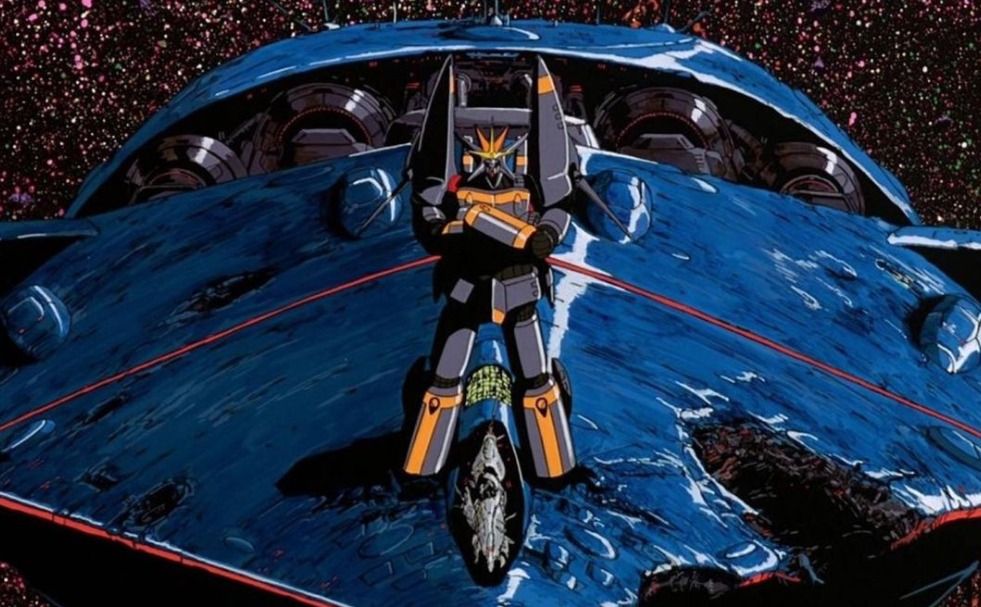
A Saga Through the Stars
Where has Gunbuster been my entire life? This was the main thought running through my head as I sat through every glorious minute of this classic mecha film. As a huge Eva fanboy, it’s no surprise that I enjoyed Gunbuster in its fullest. I loved the delicate character drama worked up between these two fantastic female characters. The film moves at a quick pace to make up for the full six-episode length that the OVA series had, but that doesn’t stop Gunbuster from elaborating on nearly every point it raises, as well as providing a satisfying conclusion to this saga through the stars.
GAINAX will always have a special place in my heart. The studio brought us not only Evangelion, but also other faves like Gurren Lagann, FLCL, Nadia, Dantalian, Gunbuster‘s sequel series, Diebuster, and so many more. Some works are a hit, others are a miss. But Gunbuster is a hit, and a surefire one at that. In fact, Gunbuster is one of the studio’s first major works that is still being discussed today. To have longevity over three decades is a feat in itself. Going into its fourth decade, I hope the franchise will continue to invite fans back, old and new, to the magnificent tale about overcoming all odds and always, always, aiming for the very top.

“History will come to judge us. All we can do is survive at any cost.”
Kazumi Amano
Afterword
I really, really, enjoyed my time with this throwback watch. My only regret is that I didn’t watch the original OVA series first, as it has yet to be licensed in the states. I suppose this could be a blessing, though. Now I’ll get to watch Diebuster, the Diebuster film, and then tag back to the OG series if I feel like wanting to revisit the story (and put up with finding a site to stream it off, yeesh). Until then, however, Gunbuster is a certified “Cafe Mocha” title here at the cafe, a rating reserved only for the best of the best—and dare I say those titles which sit at the very top. Certainly, I owe the series this much, as I can already foresee this film being an annual watch of mine for a long time to come. 🙂
Have you ever watched Gunbuster or any of the Gunbuster films? Let me know your thoughts and stories in the comments! My next review will be over the series’ sequel, Diebuster, so please look forward to it. Thanks for reading my V-Day Special review (albeit it came a little late), and ’til next time!
– Takuto

